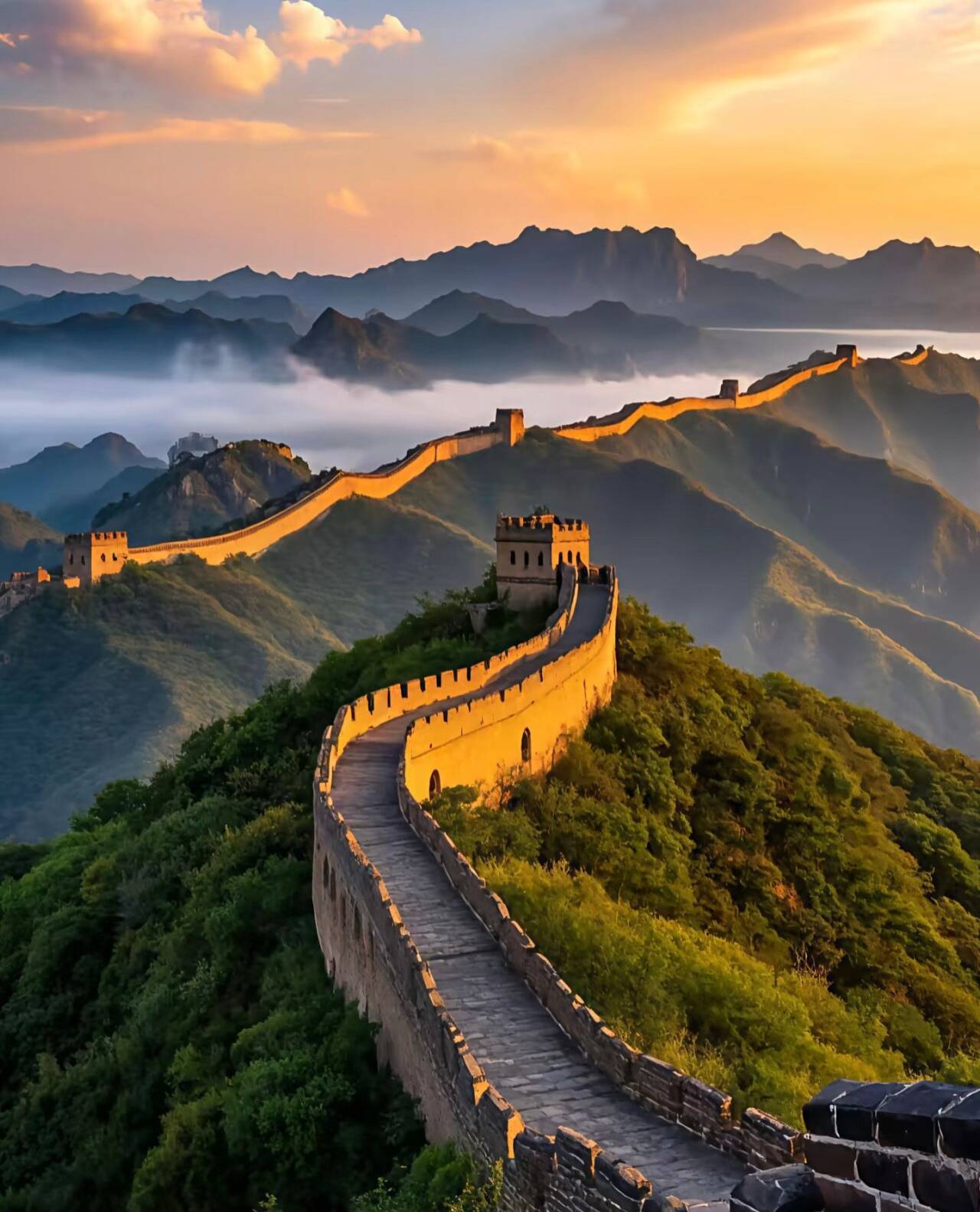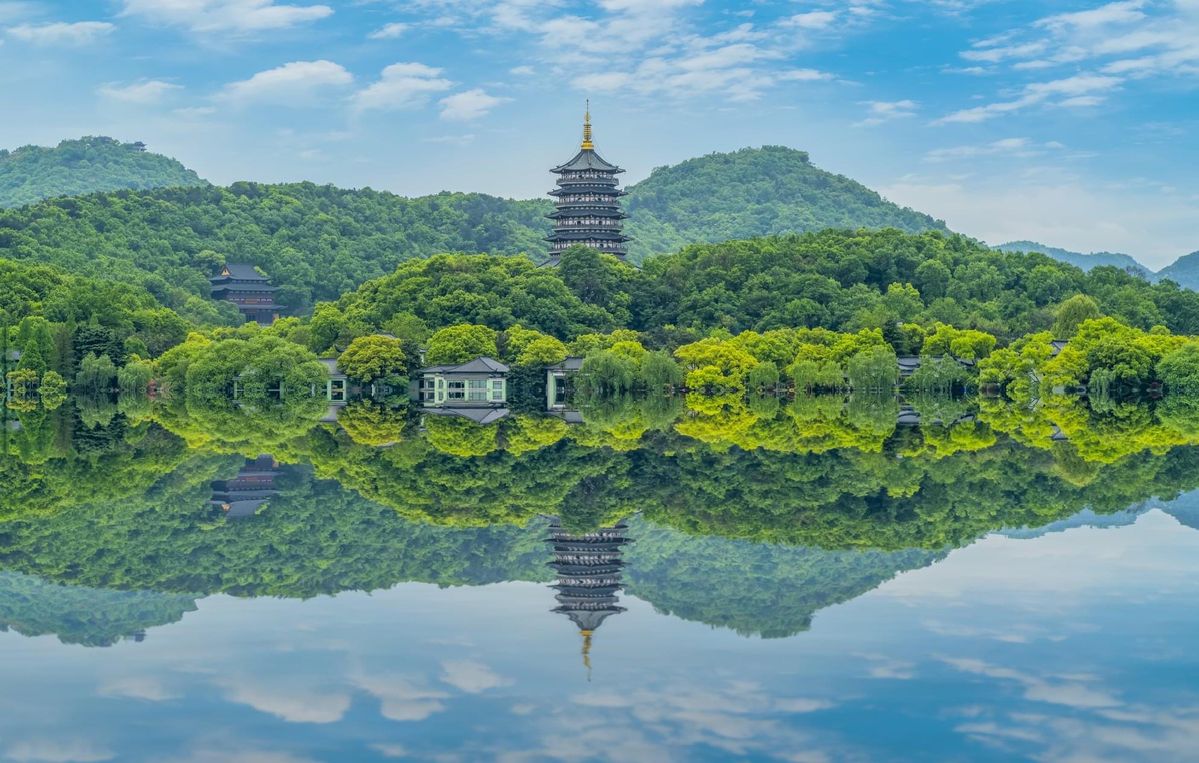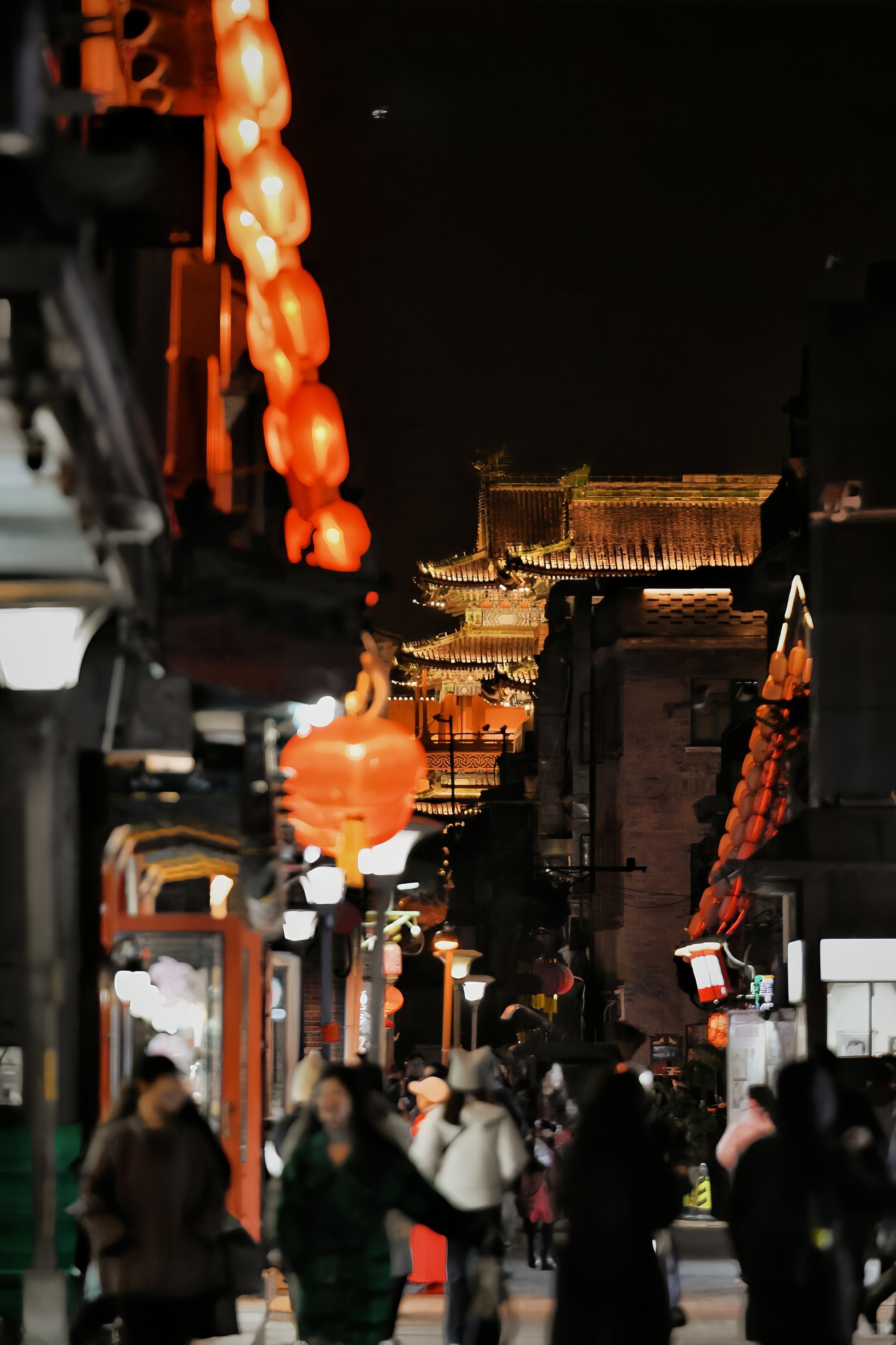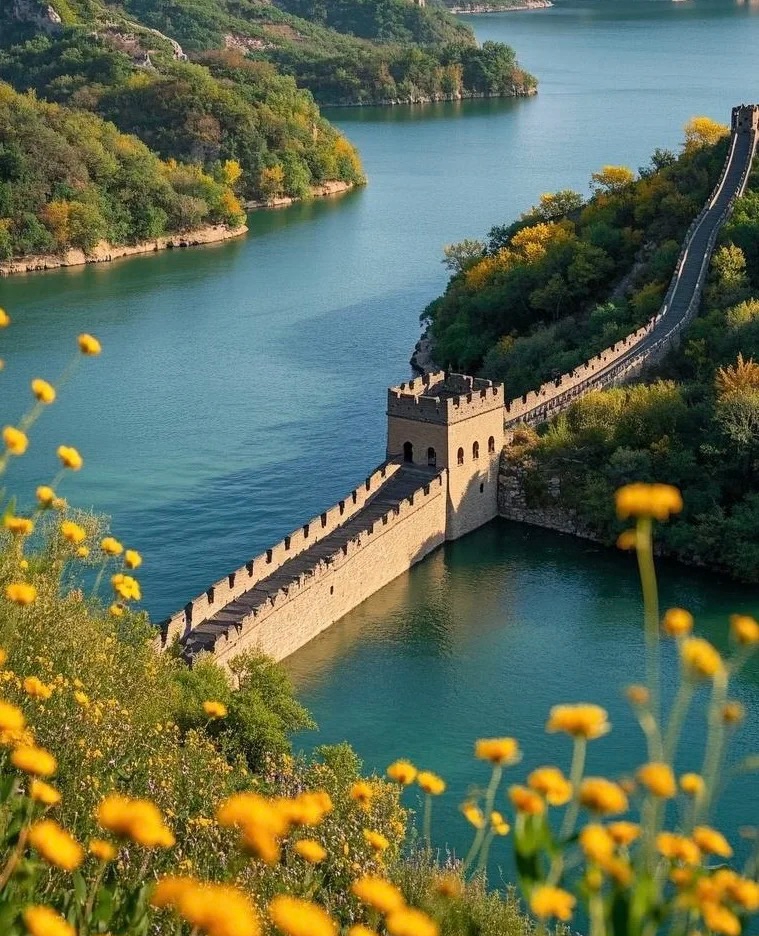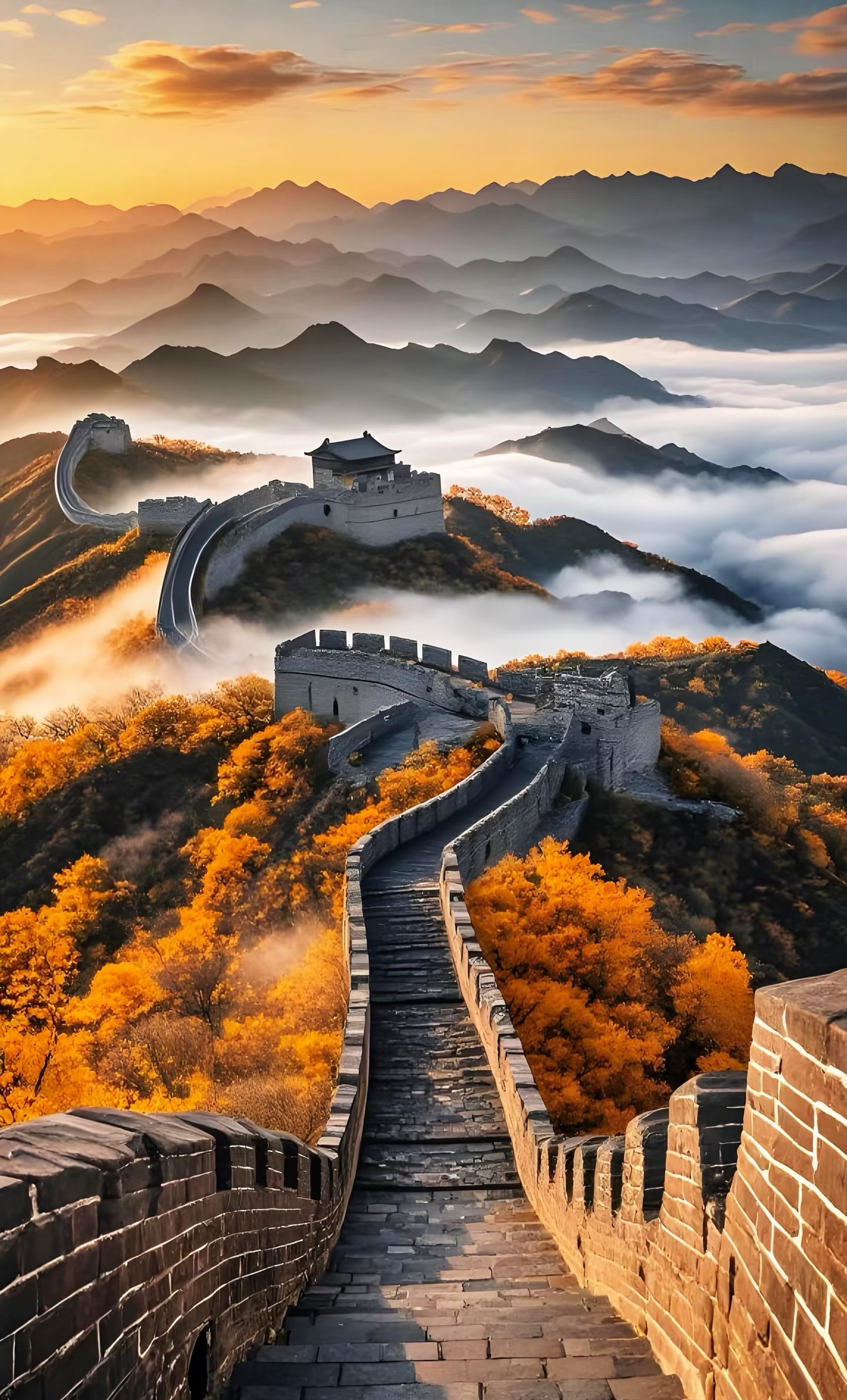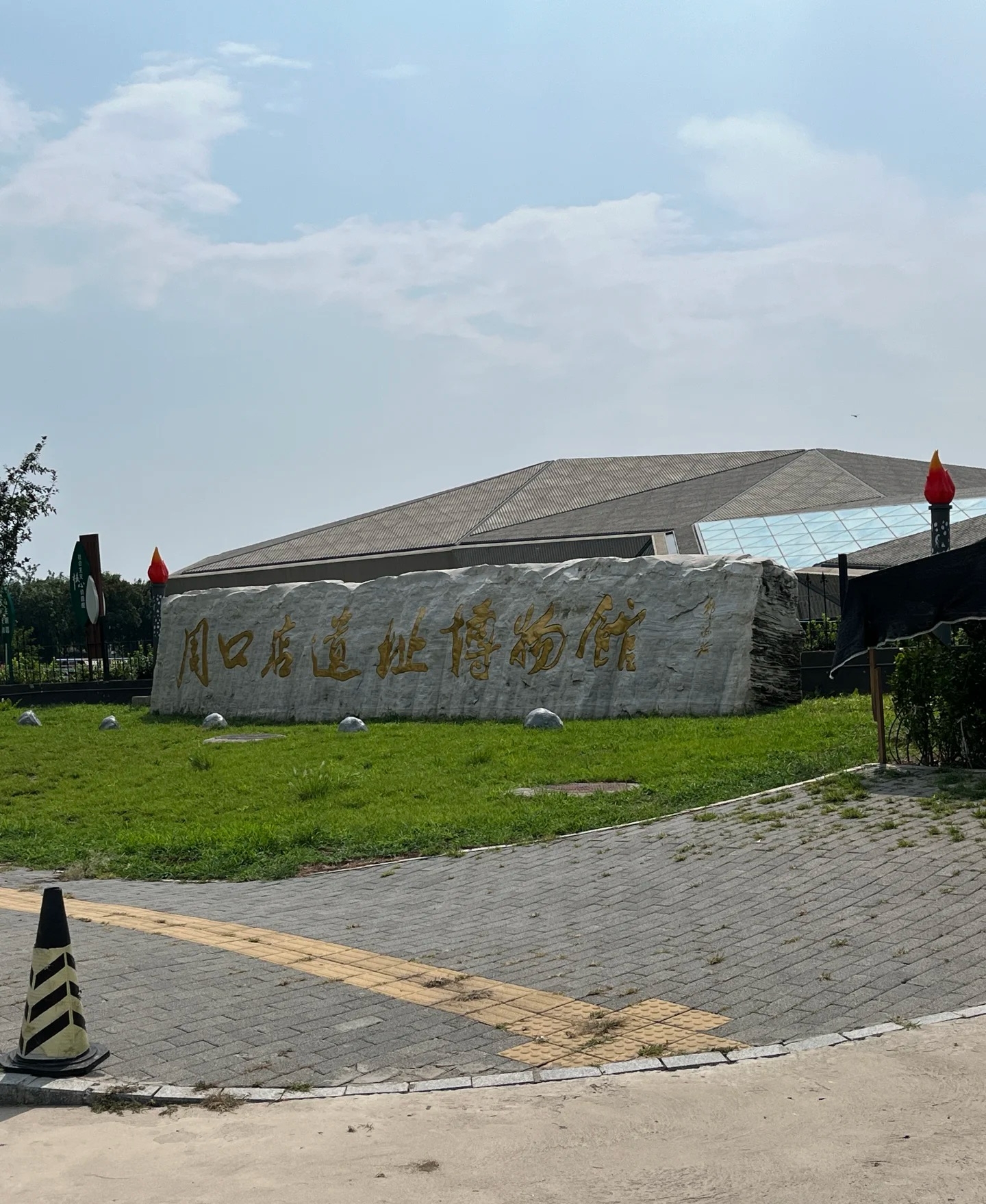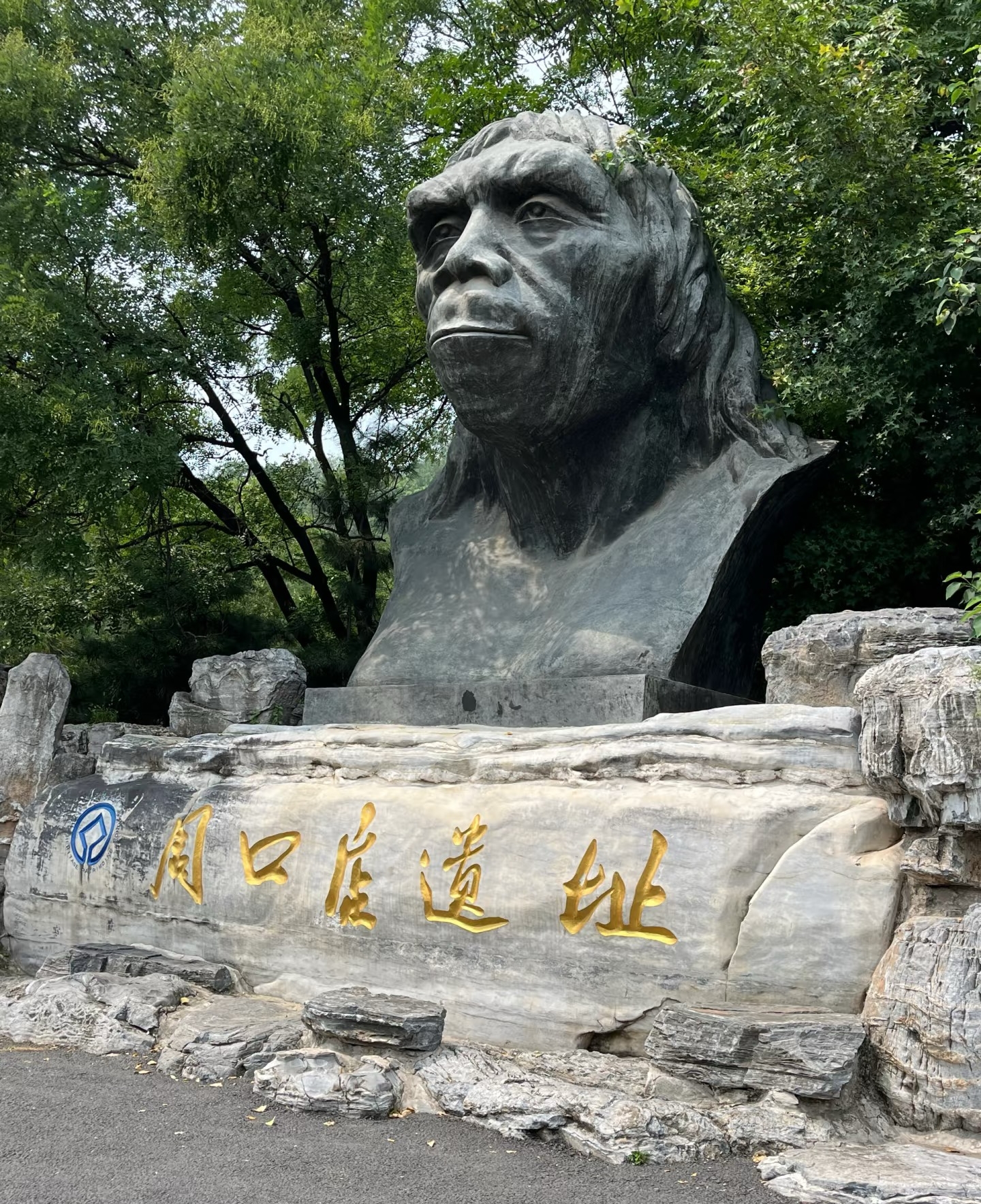

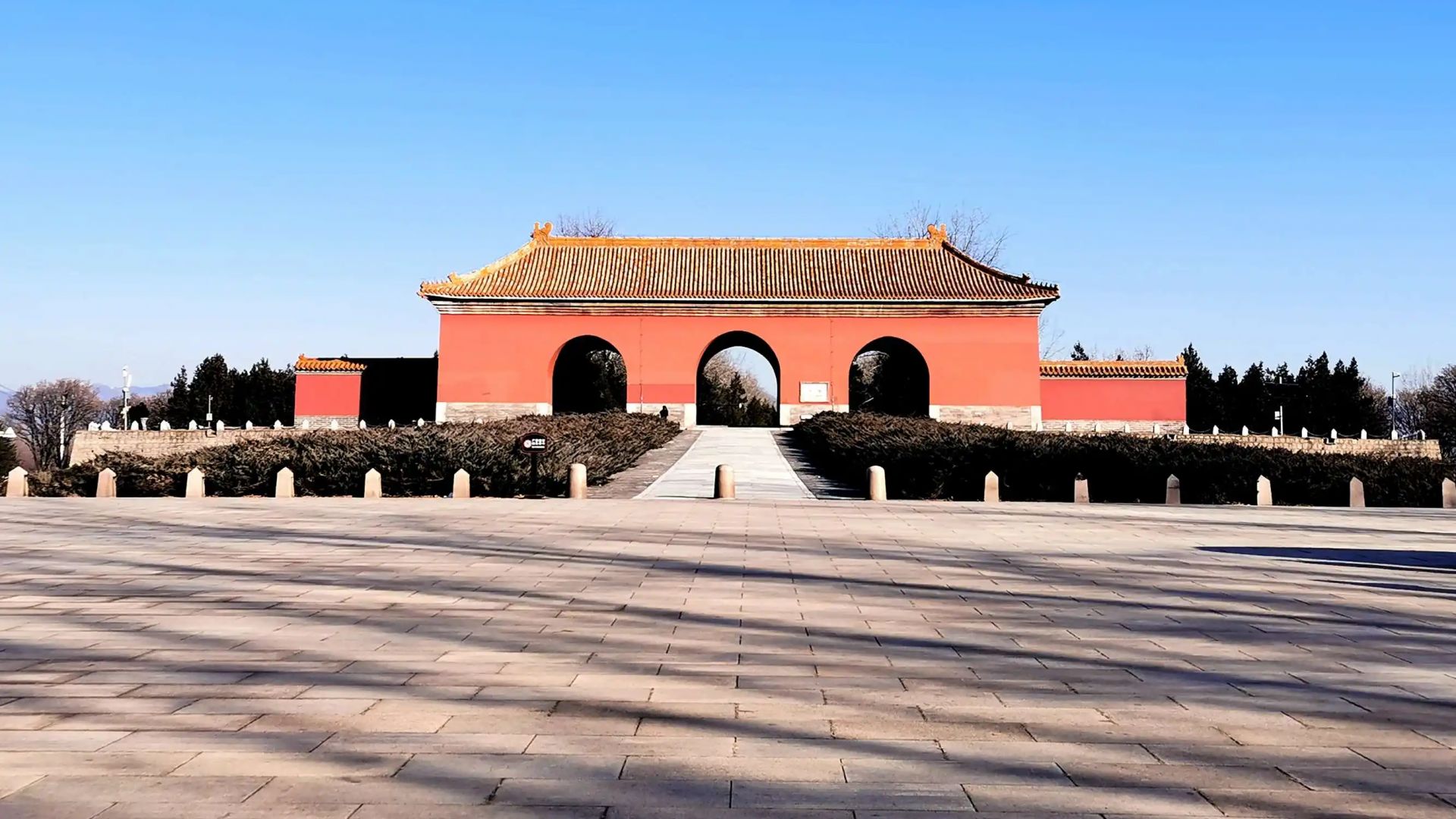
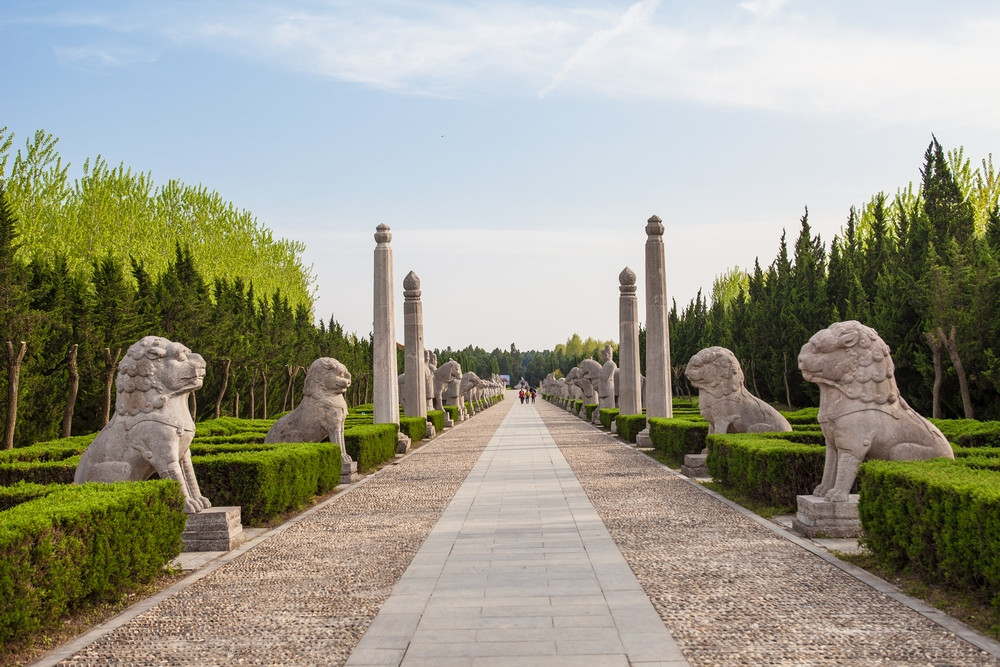
Ming Tombs
The Ming Tombs, located approximately 50 kilometers northwest of Beijing, represent the most complete collection of imperial burial sites from the Ming Dynasty. Covering an area of 120 square kilometers, this UNESCO World Heritage site contains the mausoleums of 13 emperors, 23 empresses, and numerous imperial concubines and princes. The site was carefully chosen according to traditional fengshui principles, nestled in a mountain valley with a strategic orientation. The most famous and best-preserved tomb is the Changling Tomb of Emperor Yongle, the third emperor of the Ming Dynasty, who was responsible for constructing Beijing as the capital and launching maritime expeditions. Visitors can explore the elaborate underground palace, observe intricate architectural details, and learn about the complex funeral rituals and imperial life of the Ming era.
Information
Ticket price
Time
Location
Ming Tombs Town, Changping District, Beijing, China
View maps
More about the trip
The Ming Tombs: A Royal Necropolis
Journey back to the era of emperors at the Ming Tombs, a UNESCO World Heritage site located in a tranquil valley on the outskirts of Beijing. This vast complex is the final resting place for thirteen of the sixteen emperors of the Ming Dynasty (1368–1644). The site was chosen for its auspicious feng shui, with mountains protecting it on three sides.
What to See and Do
The Sacred Way (Shenlu): Your visit begins with a walk along the 7-kilometer Sacred Way, a grand ceremonial road lined with magnificent stone statues of guardian animals and officials. This impressive avenue sets a solemn and majestic tone for the entire site.
Changling Tomb: This is the largest and best-preserved of the tombs, belonging to Emperor Yongle, the third Ming emperor. While the burial chamber itself is not excavated, you can explore the impressive sacrificial hall, the Hall of Eminent Favor (Ling'en Dian), which is made of precious nanmu wood and is one of the largest wooden structures in China.
Dingling Tomb: This is the only tomb that has been fully excavated, allowing visitors to descend into the "Underground Palace." Here, you can see the burial chambers of Emperor Wanli, his empress, and his favorite concubine. The museum on-site displays many of the treasures found within, including crowns, robes, and porcelain.
Zhaoling Tomb: This is a smaller, but well-restored tomb belonging to Emperor Longqing. It offers a more intimate and less crowded experience compared to Changling and Dingling.
Best Time to Visit
Autumn (September to November) is the ideal time to visit, with clear skies and comfortable temperatures. Spring is also pleasant. Avoid visiting during major national holidays to escape the crowds.
How to Get There
The Ming Tombs are often visited as part of a day trip that also includes the Great Wall at Badaling or Mutianyu. You can hire a private car, join a tour group, or use public transportation. Bus 872 runs directly from Deshengmen Bus Station in Beijing to the tombs.
Travel Tips
Plan your visit: The site is vast, and the tombs are spread out. Decide in advance which tombs you want to see to make the most of your time.
Comfortable footwear is a must: There is a lot of walking involved, especially along the Sacred Way.
Hire a guide: To fully appreciate the history and significance of the site, consider hiring a local guide.


